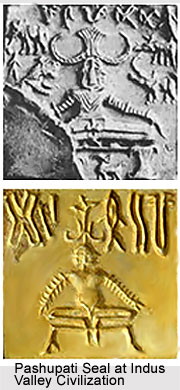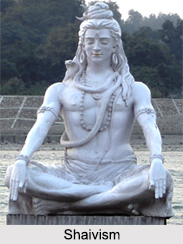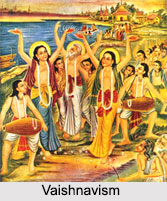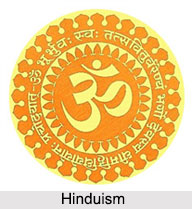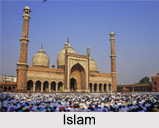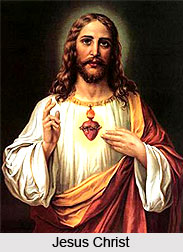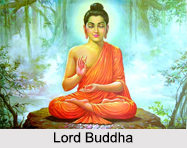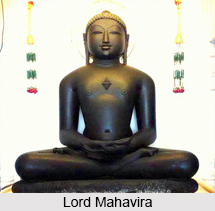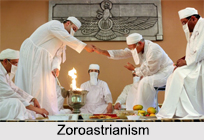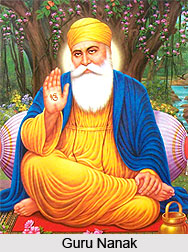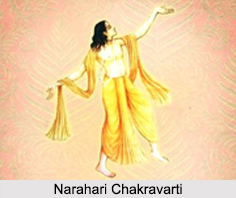 Narahari Chakravarti was born in the late 1600"s in West Bengal. His father was Jagannath Chakravarti, who was a disciple of Vishwanatha Chakravarti. Vishwanatha Chakravarti was the distinguished commentator of the Bhagvata. Narahari Chakravarti held the position of cook in the Govindaji Temple of Vrindavan. He was the disciple of a Guru of the Order of Narottama and hence paid a tribute to him by writing a biography of the great Kayastha.
Narahari Chakravarti was born in the late 1600"s in West Bengal. His father was Jagannath Chakravarti, who was a disciple of Vishwanatha Chakravarti. Vishwanatha Chakravarti was the distinguished commentator of the Bhagvata. Narahari Chakravarti held the position of cook in the Govindaji Temple of Vrindavan. He was the disciple of a Guru of the Order of Narottama and hence paid a tribute to him by writing a biography of the great Kayastha.
Literary Works of Narahari Chakravarti
Narahari"s position in Vrindavan helped him to exhibit the legends and other particulars related to Vrindavan in his works. Followings are the works of Narahari Chakravarti:
Bhaktiratnakara: It is the most important and elaborate piece of work done by Narahari Chakravarti. The book shows the progress of Vaishnavism from Chaitanya"s time to 17th century. Srinivasa, Narottama and Shyamananda have occupied an important mention in this book. The work is consisted of 18000 couplets or 36000 lines with considerable number of Sanskrit texts in support of his descriptions and quotes from "Chaitanya Charitamrta" and "Chaitanya Bhagavata". Bhaktiratnakara is divided into 15 tarangas.
Narottama Vilasa: This work of 12 chapters deals with the life of Narottama. It was written after Bhaktiratnakara with better command over Bengali style and treatment of the subject. Narahari also gives an account of his life at the end of Narottama Vilasa. He speaks of his father`s Guru Vishwanath Chakravarti at considerable length in this account.
Gauracharita Chintamani: It is a collection of lyrics devoted to the description of the incidents of Chaitanya`s life.
Anuraga Valli: It is a historical work based on Vaishnavism.
Bahirmukha Prakasa: This work is a theological treatise.
This article is a stub. You can enrich by adding more information to it. Send your Write Up to content@indianetzone.com.
